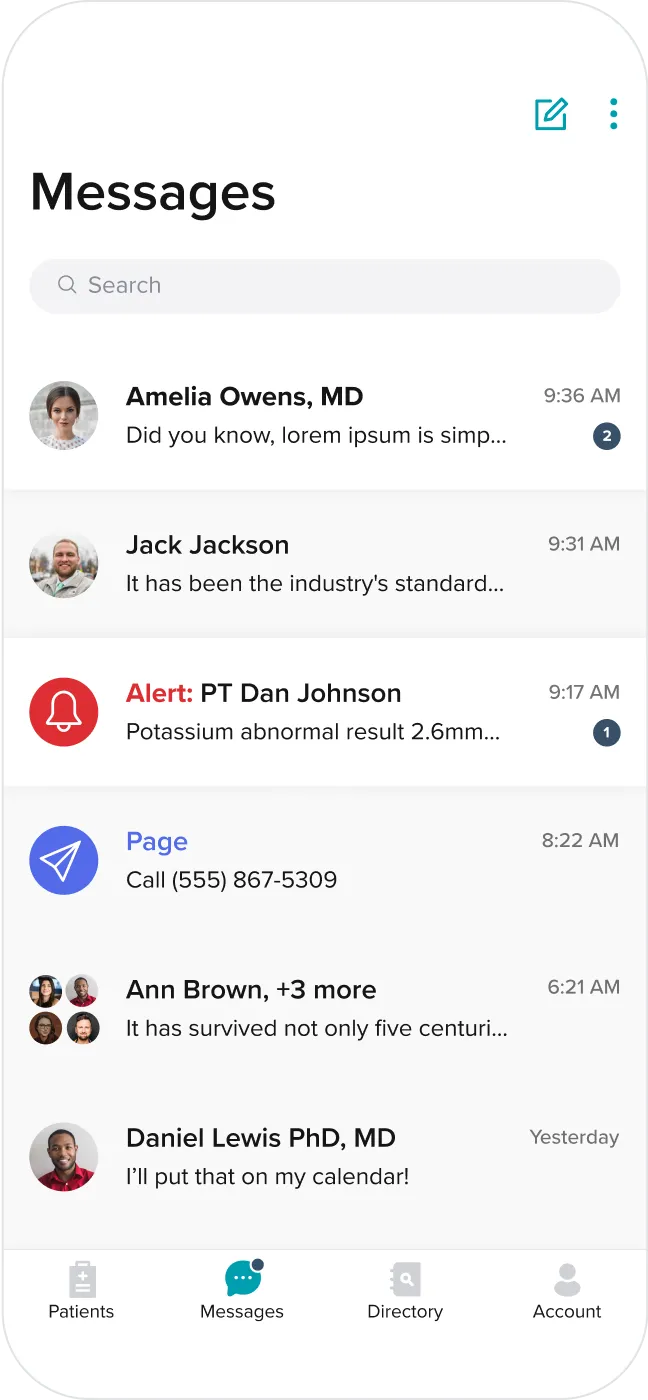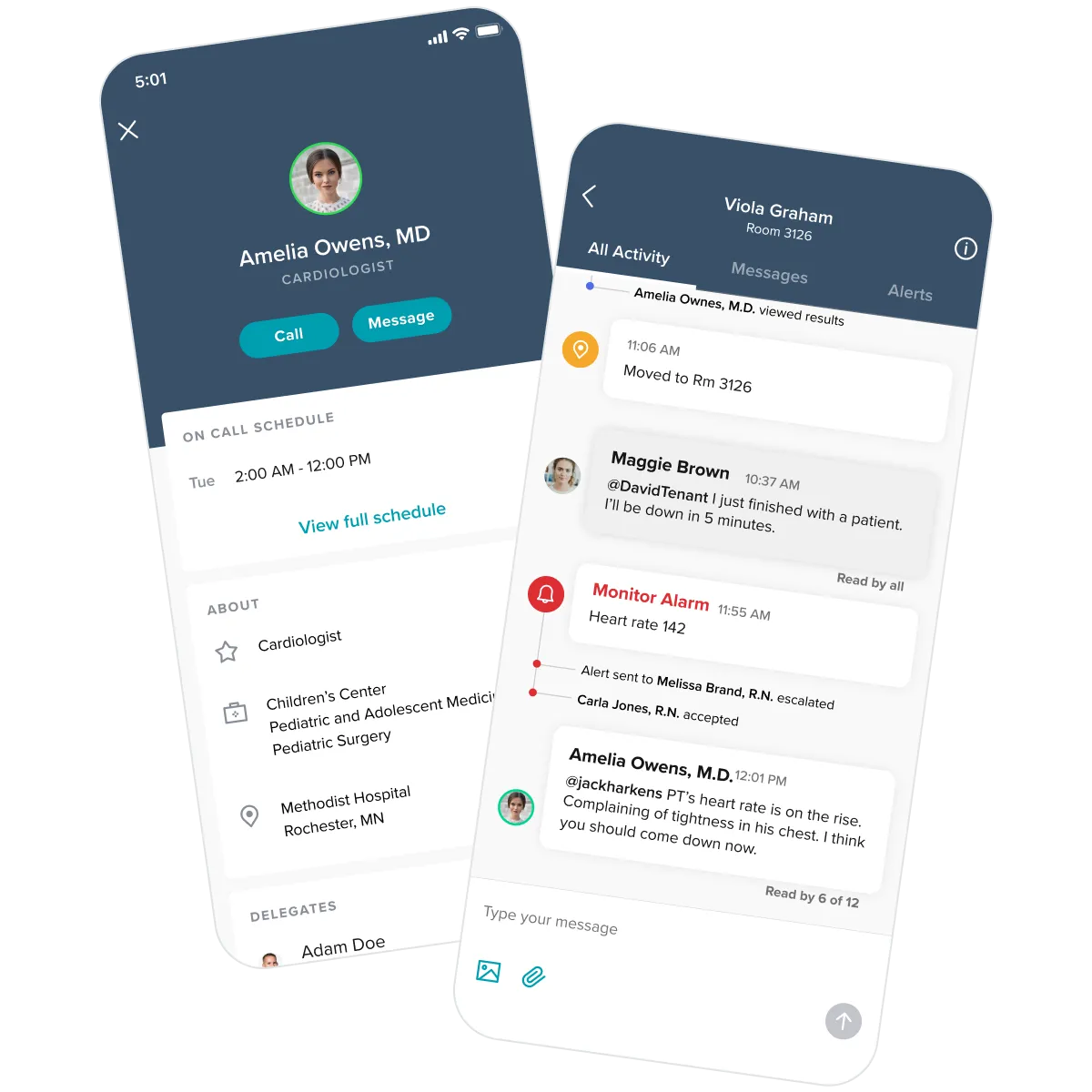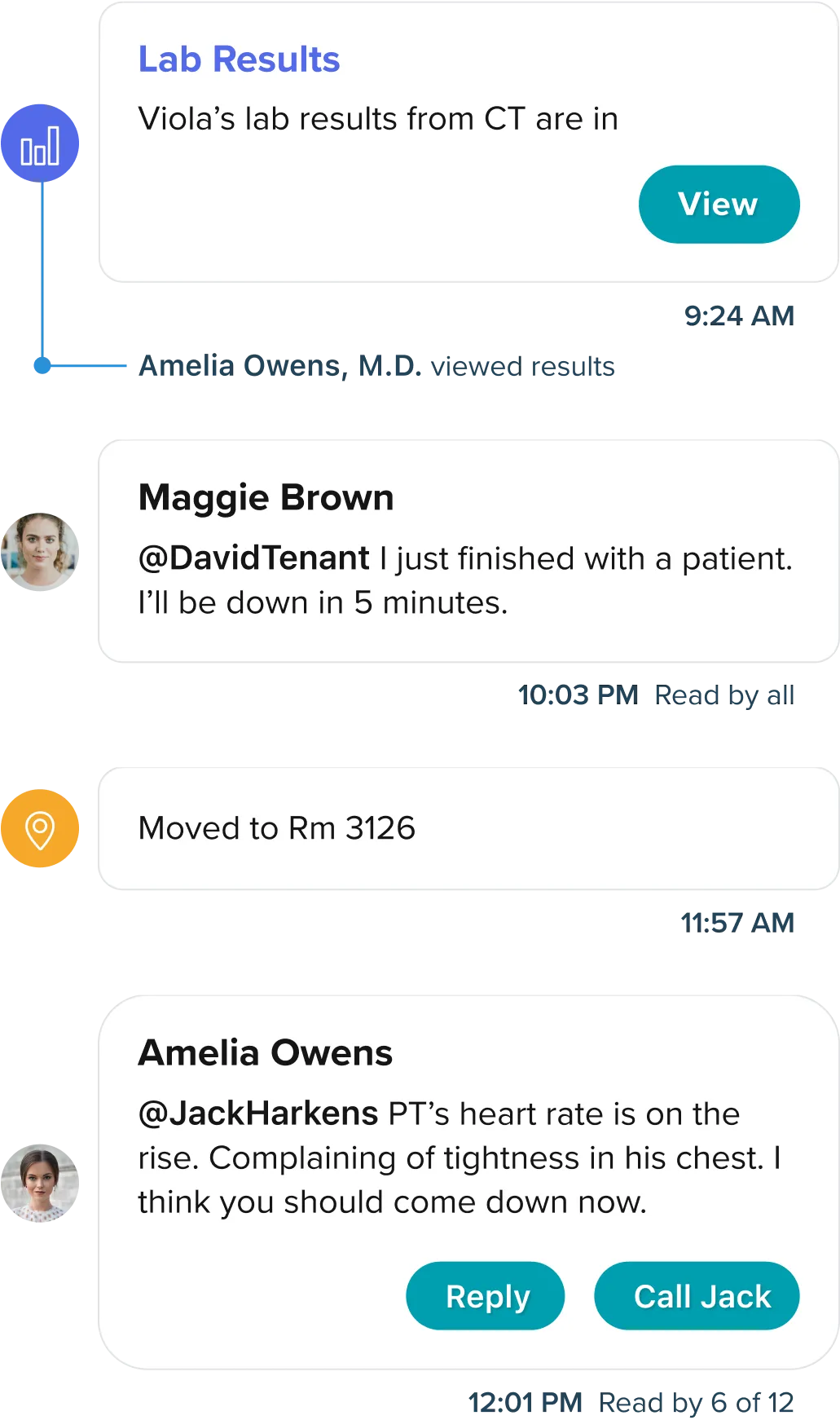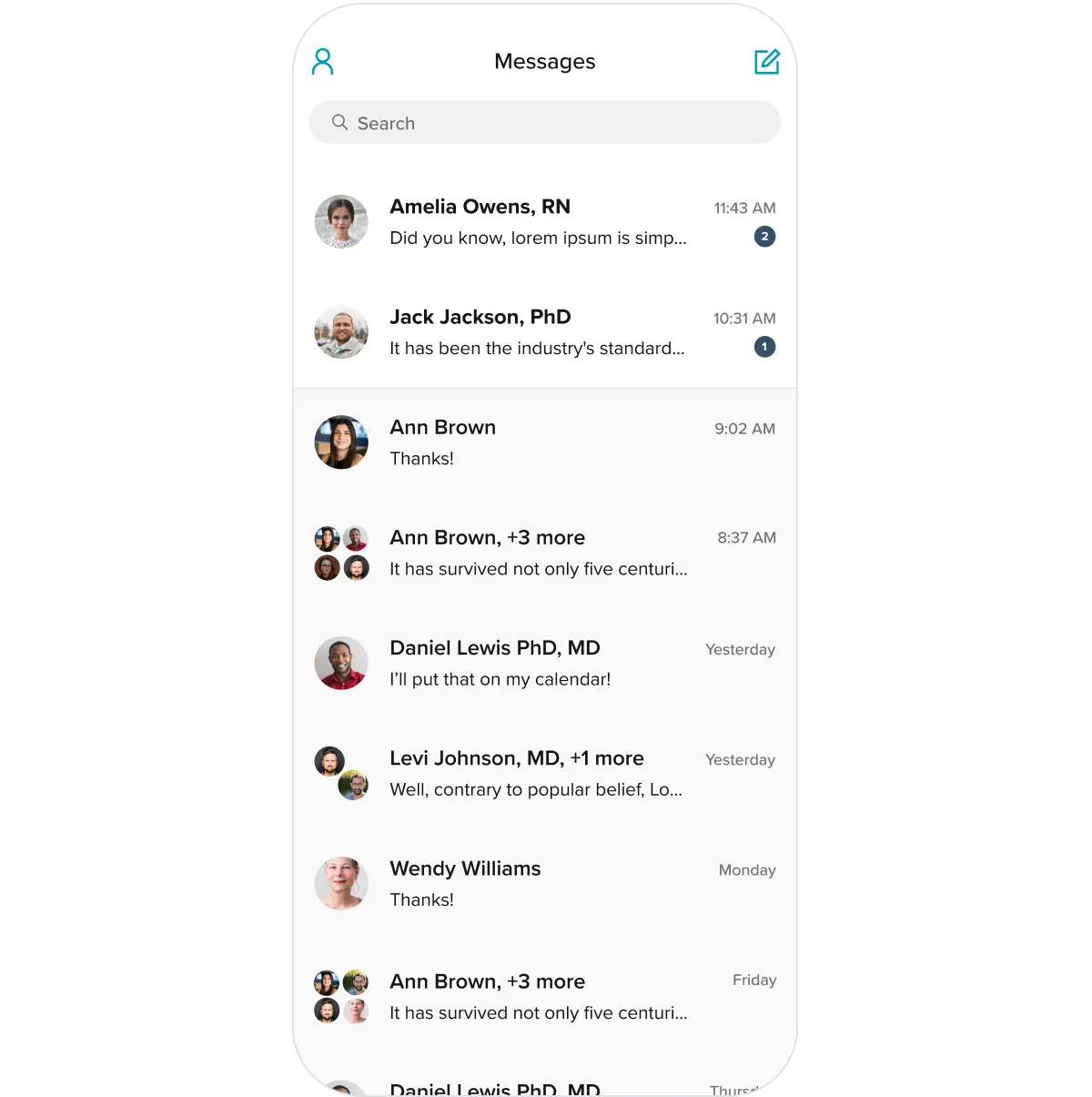Bringing clinical messaging
to the 21st century.


We partnered with Spok to modernize secure clinical communication for a BYOD world.
While most businesses now run on mobile, healthcare has lagged behind the curve. Spok, a leader in secure communication infrastructure for clinics and hospitals, chose Livefront to help it fix that. We partnered with Spok to design its all-new flagship clinical communication product, build a battle-tested, fully HIPPA-compliant MVP, and set a vision for the product's future evolution.

Bye bye, beeper.
Believe it or not, most of the clinical world still relies to some degree on pagers. It's no surprise then that the physicians who have to live with the pain of using antiquated technology on a day-to-day basis have found their own workarounds for workplace communication: SMS, iMessage, and various other consumer-grade messaging products. That might be okay for casual conversation, but with real health outcomes and patient information in the mix, it's a massive liability.So, how to marry this change in user behavior with the security and integrity of an enterprise-grade solution? That's where we came in. We worked with Spok to crystalize the opportunity, explore potential design directions, lay a snappy and scalable technical foundation, and get an MVP out the door.

Designing with intensive care.
It's rare that a design challenge is a matter of life and death, but in this case it literally was. Because Spok Go is made for clinical environments like ERs, ICUs, and post-op recovery wards, it faciliates a high volume of communication about people in the midst of precarious and volatile health crises. Design and usability flaws introduce opportunities to complicate critical moments with potentially catastrophic consequences.Our design process reflected the thoroughness and precision required by such a challenge. We prototyped extensively and collaborated with Spok's innovation team to extract insights from on-site clinical observation conducted in two states. We paid obsessive attention to edge cases, error states, and connectivity interruptions, and made it our job to think of everything that could go wrong. We doubled down on accessibility to deliver a more usable experience for everyone. The end result? A resilient product designed for worst-case scenarios as much as for the happy path.

The art of the state.
One of the biggest technical hurdles we had to clear was the challenge of managing state asynchronously across a large and dynamic pool of users and data sources. To reduce the complexity, we implemented a novel architecture abstracting all information about conversation state to a single source of truth from which UI updates are fetched in real time. Not only did that solve our technical problems, it rendered a complete protocol migration mid-project little more than a hiccup.

Focusing the scope to see clarity.
Mature companies with demanding customers often struggle to think on lean terms. Of the firms that manage to, most tend to start with a fully featured end state of a product in mind and work back to a subset of functionality that's both valuable to users and achievable within business constraints. That, however, misses the whole point of an MVP approach: focusing on what users want from the product rather than what the product wants from its users.Instead, we helped Spok scope an MVP based on what we needed to learn, not what we wanted to sell. We focused the feature set to answer foundational questions about how physicians would engage with messaging, what types of conversations they would choose it for, and what other things they might want it to do for them. And then, based on what we learned, we helped Spok identify the most promising feature opportunities and chart a course to product-market fit.
Our contributions.
Product Management
- Project Management
Strategy & Research
- Product Strategy & Vision
Product Design
- Native Mobile Design
- Motion & Animation Design
- Design Systems
Development
- iOS Development
- Android Development
- Quality Assurance Testing